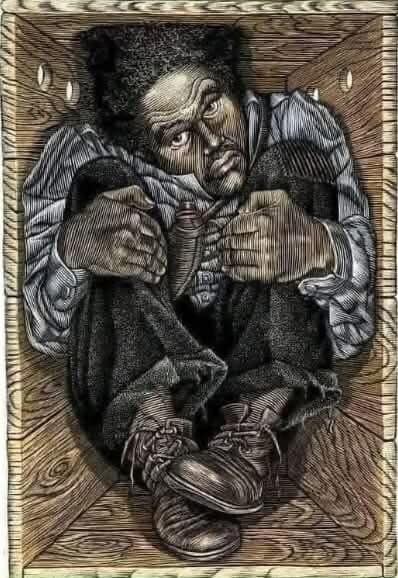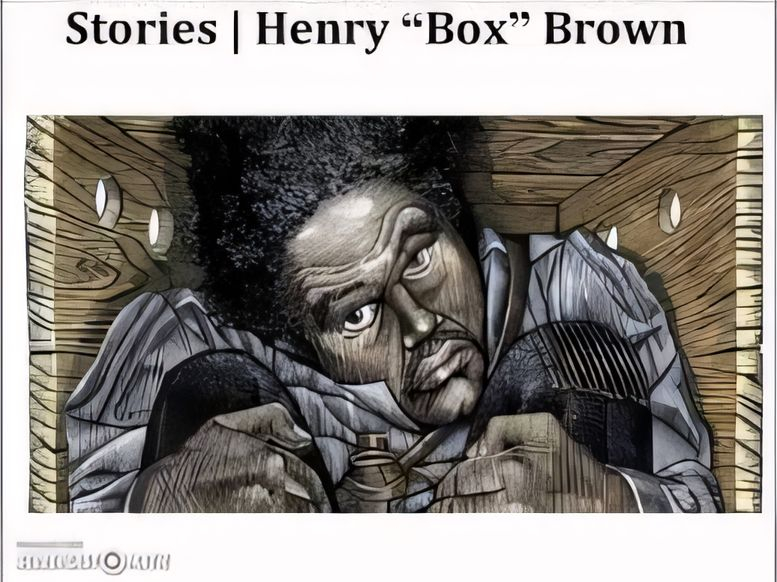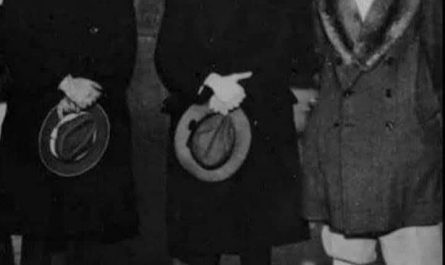In 1849, Henry Brown, an enslaved man in Richmond, Virginia, devised one of the most daring escapes in American history. Determined to break free from the chains of slavery, he shipped himself in a wooden crate to freedom in Philadelphia, Pennsylvania—a 350-mile journey that would test the limits of human endurance and ingenuity.


A Life in Bondage
Born into slavery around 1815 in Louisa County, Virginia, Henry Brown lived a life of unimaginable hardship. After his family was torn apart by the cruel realities of the slave trade, Brown resolved to secure his freedom. The loss of his wife and children, sold away from him, fueled his determination to escape the dehumanizing system that held him captive.
The Plan: A Box to Freedom
Brown’s plan was as audacious as it was risky. With the help of a sympathetic shopkeeper, Samuel Smith, and an abolitionist contact in Philadelphia, he arranged to mail himself as cargo. He constructed a wooden crate, roughly 3 feet long, 2 feet wide, and 2.5 feet deep—just large enough to hold his body. With only a few air holes drilled for breathing and a small bladder of water, Brown climbed inside, entrusting his life to the postal system.
On March 29, 1849, the crate was loaded onto a wagon, then a train, and finally a steamboat, bound for the Pennsylvania Anti-Slavery Society in Philadelphia. For 27 grueling hours, Brown endured cramped conditions, at times upside down, with little air and no food. The journey was perilous—any suspicion from handlers could have led to his discovery and return to slavery.
Freedom at Last
Miraculously, Brown arrived in Philadelphia on March 30, 1849. When the crate was opened at the Anti-Slavery Society’s office, he emerged, shaken but free. Greeted by abolitionists, including James Miller McKim, Brown’s first words were reportedly, “How do you do, gentlemen?” His escape earned him the nickname “Box,” a testament to his extraordinary courage.
A Voice for Freedom
Henry “Box” Brown didn’t stop at securing his own freedom. He became a prominent speaker and performer, sharing his story across the Northern United States and later in England. His narrative, Narrative of the Life of Henry Box Brown, published in 1849, captivated audiences and exposed the horrors of slavery. Brown’s performances, blending storytelling with dramatic reenactments, inspired countless others in the fight for abolition.
A Legacy of Resilience
Brown’s escape remains one of the most iconic acts of resistance in the history of American slavery. His ingenuity, bravery, and unwavering desire for freedom turned a simple wooden crate into a powerful symbol of liberation. For the next 50 years of his life, Henry Brown lived as a free man, leaving a legacy that continues to inspire.
Let’s remember Henry “Box” Brown not just for his escape, but for his unrelenting spirit—a reminder that even in the darkest of times, the human will to be free can overcome impossible odds.
Want to learn more about stories of resistance and resilience? Share your thoughts in the comments below!


